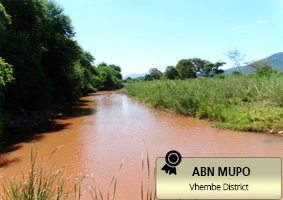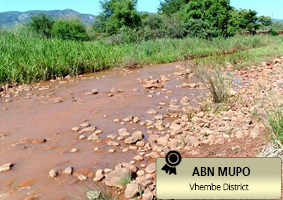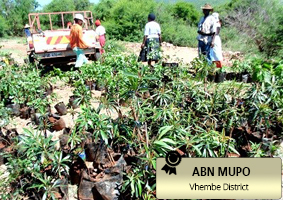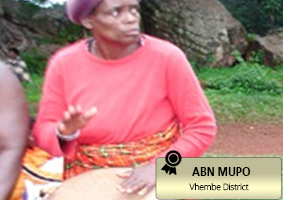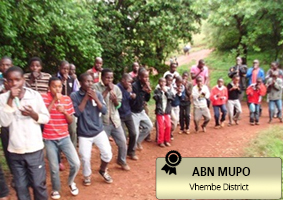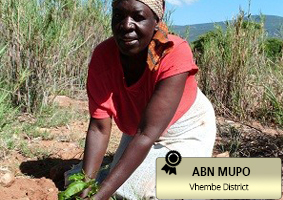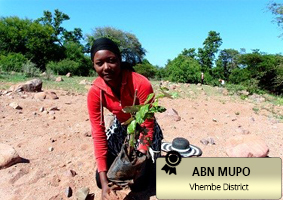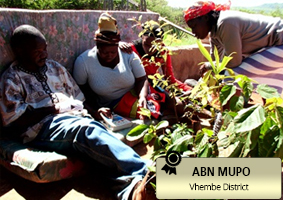1.BACKGROUND
Permaculture is the ideal method to build communities. It is an agro-ecological process and it is much more than other systems of land use management. It is a response to the environmental crisis we face on our planet. The polluted water of Nzhelele river (pictures below) is a sign of soil erosion from cultivated fields or cultivation on the banks of the rivers. It is a sign that there is little knowledge on conservation farming in the area.
The way we live and work now is eating into the natural capital of the planet and more and more people are becoming aware of the impact of our practices; global warming being but one of these. Permaculture or agroecology and sustainable living are synonymous. Permaculture is about designing a system to provide that which we need by integrating it into the local ecology. Thus we become “part of” rather than “separate from” nature, natural systems and cycles.
The cutting down of trees indiscriminately along Nzhelele river had left the ecological structures bare, with the river silted and all deep pools had disappeared.
To achieve our vision, on 16 -20 December 2011 we conducted training for rehabilitating the Nzhelele River at Mphaila Village and greening of Patrick Ramaano School. At least 614 indigenous tree seedlings were planted and over 30 village members participated. The program was directed by Vhakadzi Mphatheleni, facilitated by me with the assistants of Mr Maxwell Khumalo. Ukuvuna-Urban farming has worked with Mupo in Vhembe District, Makhado and Thulamela local municipality to reclaim and rehabilitate the eroded and silted Nzhelele River. Our focus was to encourage participants to grow a wide variety of indigenous trees for protecting sacred sites, rehabilitate eroded rivers and greening up the communities in the district. In the communities, we targeted the tribal authority offices and the schools. The entry point was to capacity build local people, especially women, to propagate a wide variety of indigenous trees in their own community.
Some of the tree seedlings from Netshidzivhe
Some of the tree seedlings from Netshidzivhe
The nursery training was facilitated in 2009 and members of three communities produced thousands of indigenous trees in their own nurseries. One of the three communities was a shining star; they produced far ahead of others, producing over 90% of the total trees seedlings produced in all three villages. Their seedlings are very healthy and are of good quality and the trees that have been used to rehabilitate the river came from their home based nurseries.
